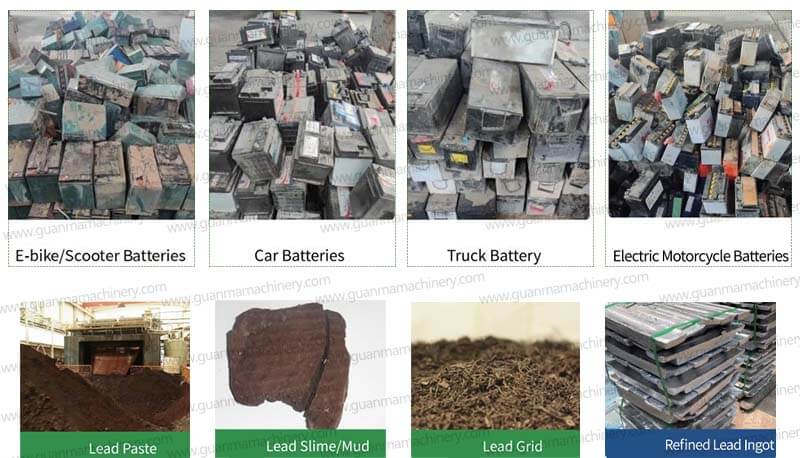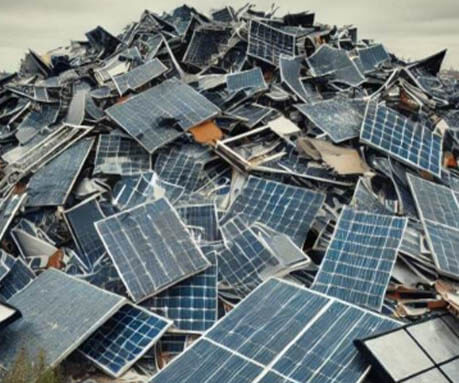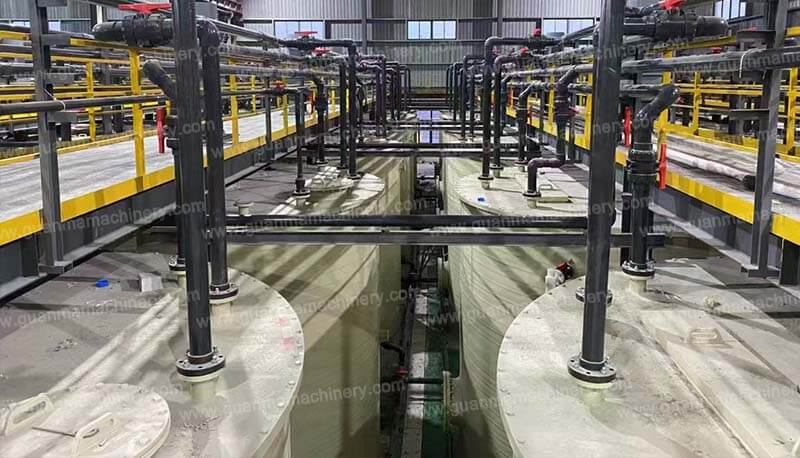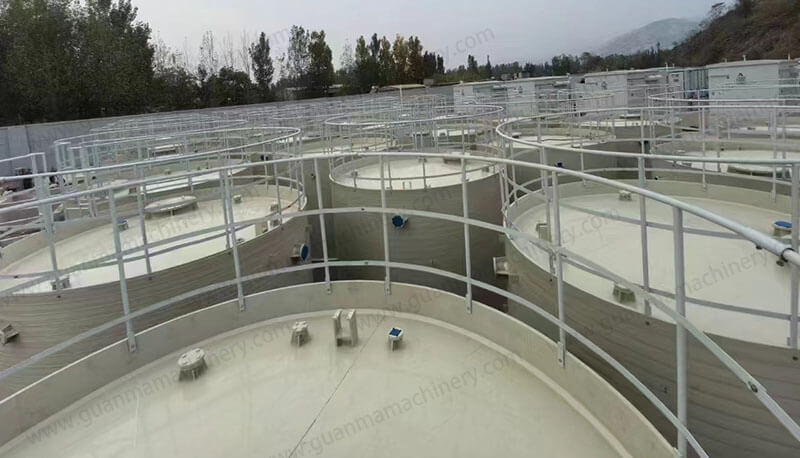Pyrometallurgy involves the recovery of valuable metals from cathode materials in the form of oxides or alloys through high-temperature calcination. A key advantage of this method is that it does not require the disassembly of batteries; instead, crushed cells can be directly calcined to burn off organic and carbonaceous materials, leaving behind metallic constituents for recovery. It is a simple and well-established commercial practice. However, it has significant drawbacks, including the generation of substantial amounts of flue gases and dust, necessitating the use of post-treatment facilities.
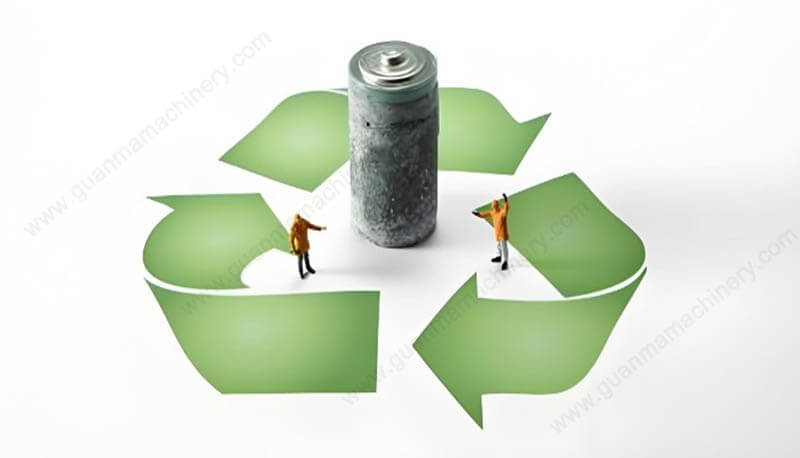
During the process, high-temperature sintering can lead to the conversion of some aluminum and lithium into non-recoverable slag, resulting in lower recovery efficiencies. Moreover, pyrometallurgical operations typically occur at temperatures above 1,000°C, classifying it as a high-energy-consuming industry. This method is seldom used alone, often being coupled with hydrometallurgy to more efficiently recover metallic elements.
Two companies may collaborate in the recycling of spent lithium-ion batteries by combining pyrometallurgical and hydrometallurgical processes: one company may handle the thermal treatment of the plastic parts and electrolyte, separating iron, copper, and aluminum from the remaining metallic components through magnetic separation. The active material would then be sent to another company for hydrometallurgical recycling.
In this cooperative arrangement, the first company thermally treats the battery waste to remove plastics and electrolytes, and separates iron, copper, and aluminum from the metallic fraction via magnetic selection. The active material, which contains valuable metals such as lithium, cobalt, nickel, and manganese, is then forwarded to a second company for further processing using hydrometallurgical techniques. This two-step approach maximizes the recovery of all valuable materials while minimizing environmental impact.

